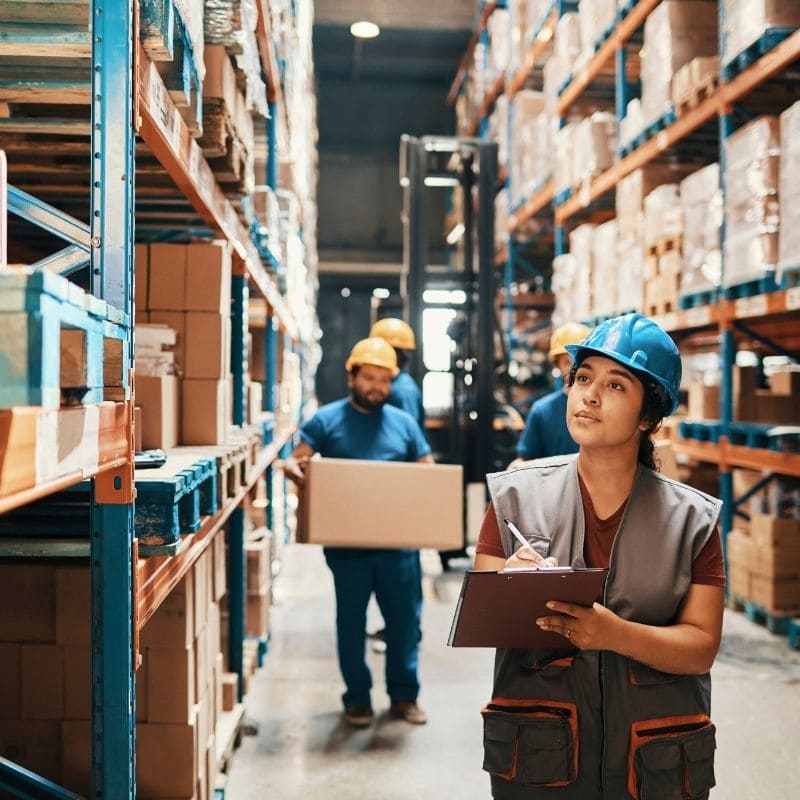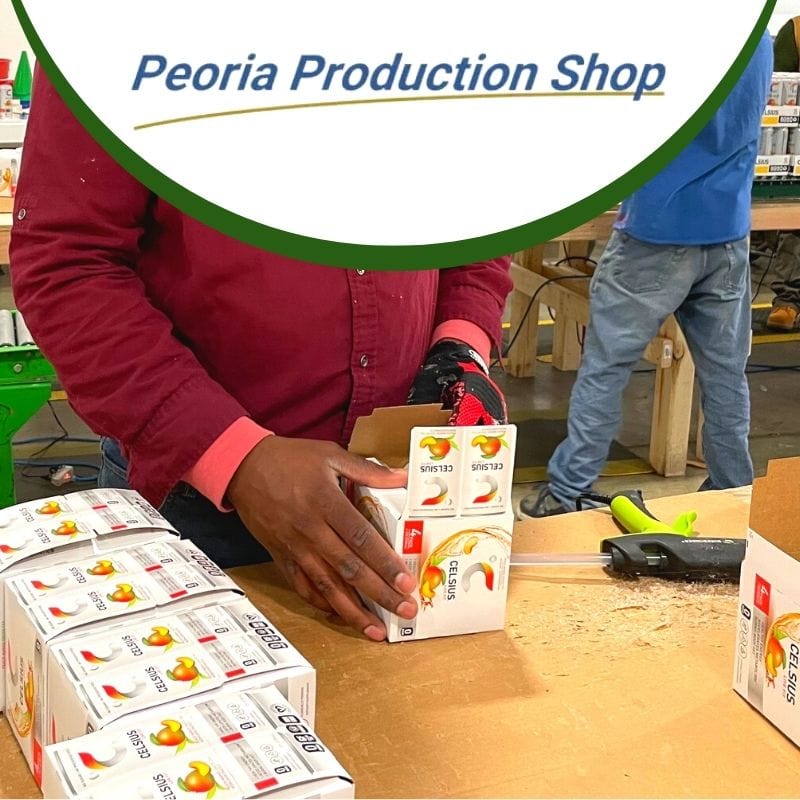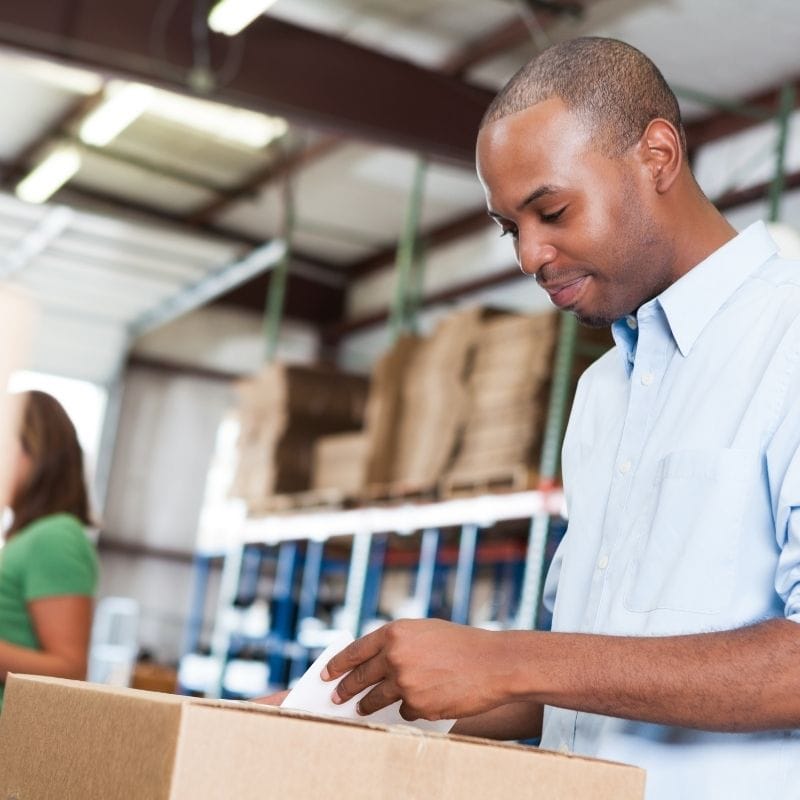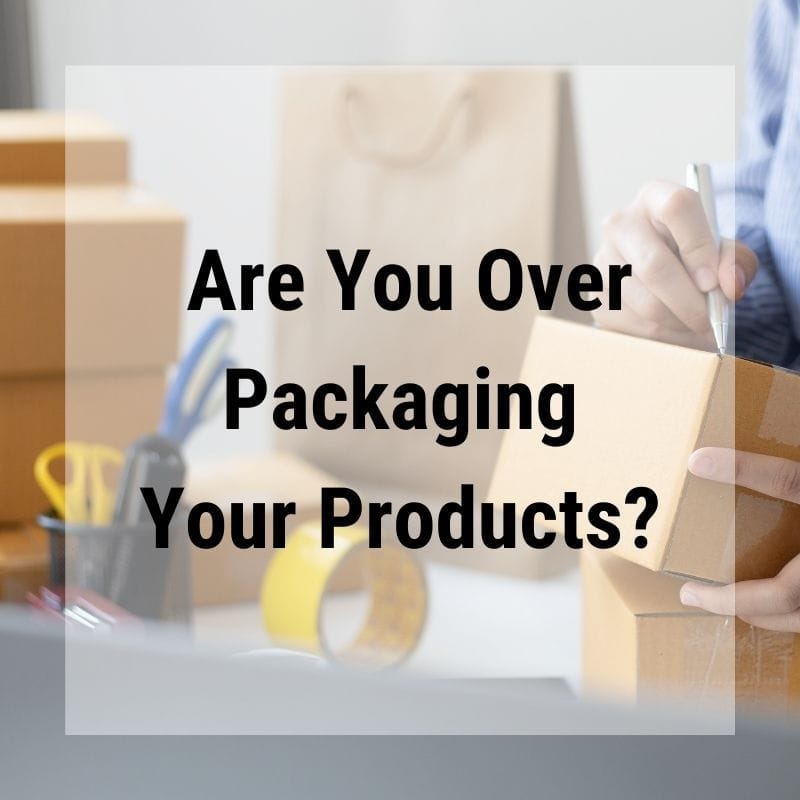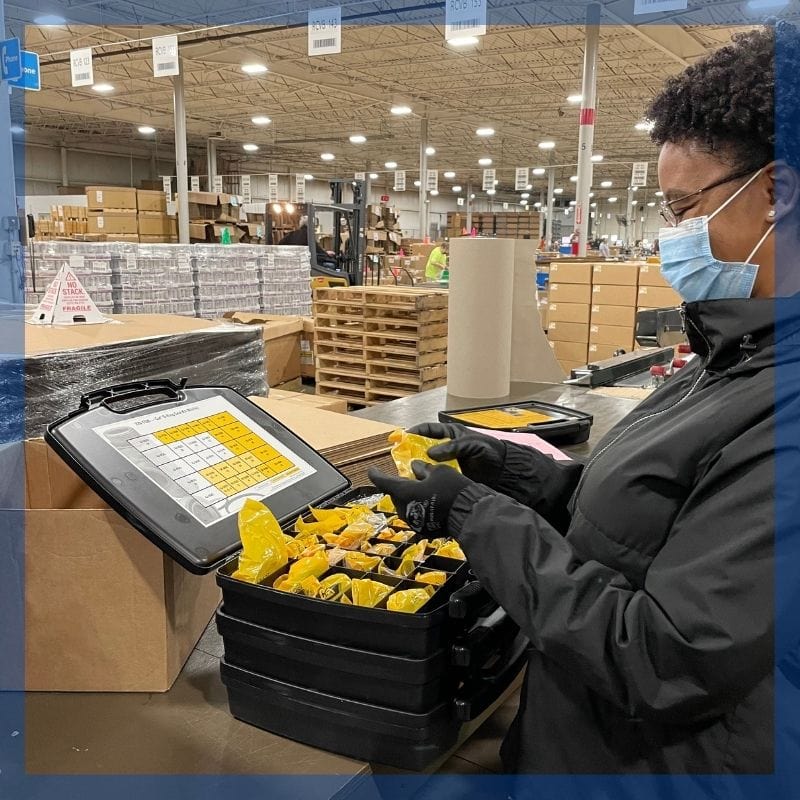How Does a Warehouse Differ From A Fulfillment Center?
From the outside, a warehouse and a fulfillment center both appear to be very similar in that they are both usually very large buildings with several overhead doors and shipping docks. This allows trucks to… How Does a Warehouse Differ From A Fulfillment Center?

